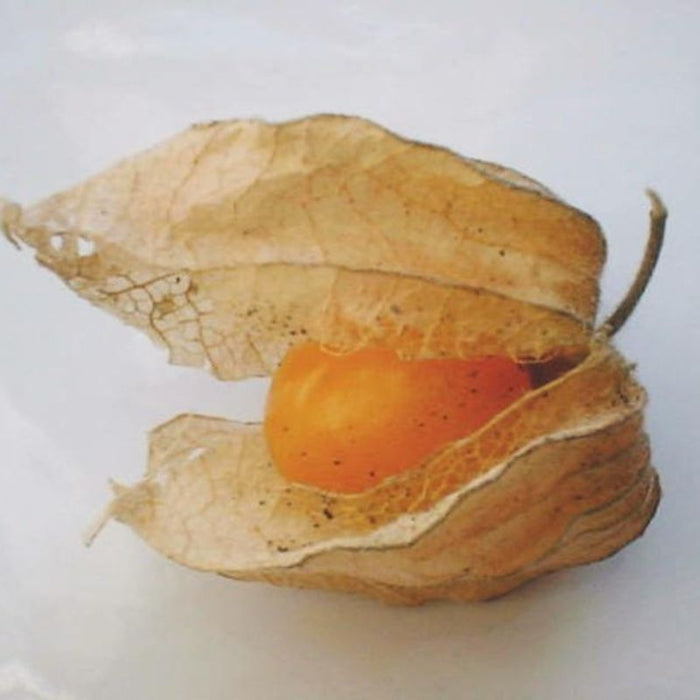
Pineapple Tomatillo Vegetable Seeds
Save 50%
Original price
$10.00
Original price
$10.00
-
Original price
$10.00
Original price
$10.00
Current price
$4.99
$4.99
-
$4.99
Current price
$4.99
Ignite your garden with Pineapple Tomatillo Vegetable Seeds, a tropical twist to your harvest. These seeds give a blend of sweet and tangy flavors in vibrant, pineapple-shaped husks. These tomatillos add zest to your culinary creations. Adaptable to various climates, Pineapple Tomatillo seeds produce a robust yield.
Details:
- Other Common Names: Pineapple Ground Cherry
- Color: Yellow Flowers & Yellow Fruit
- Plant Seeds: When soil temp warms to 70F
- Bloom Time: Spring
- Harvest:75 Days
- Plant Height: 2 - 4'
- Plant Spacing: 3 - 4'
- Light Requirements: Sun
- Soil And Water Preferences: Average - Dry
- Quantity: 50 Seeds






